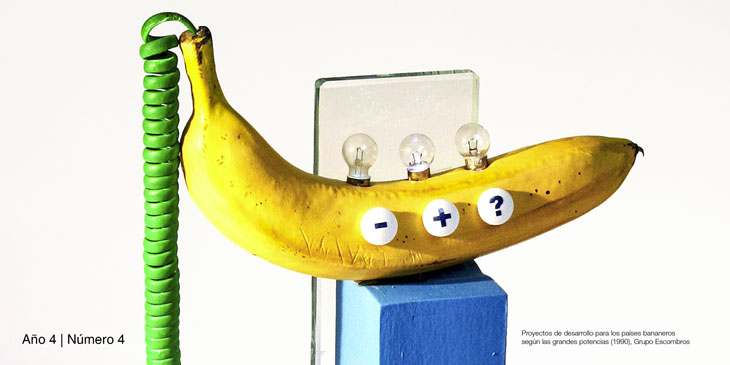The portrait of Manuelita Rosas. Between historical and aesthetic value
Keywords:
Manuelita de Rosas, historical values, aesthetical values, depictionAbstract
The following paper focuses on the portrait of Manuelita de Rosas, by Prilidiano Pueyrredón (1851), placed in the National Museum of Fine Arts (mnba), and its copy made by Domingo del Villar in 1933, placed in the National Historical Museum (mhn). This analysis takes the debate between both institutions concerning historical or aesthetical values of the portrait. There is also a comparison between the siting proposal of each museum. The idea is to trace why the original painting lies in the mnba and the copy in the mhn, focusing on the notions of piece of art and document, respectivelyDownloads
Published
How to Cite
Issue
Section
License
The acceptance of the manuscript by the magazine means the non-exclusive cession of the property rights of the authors in favour of the editor, who allows the reuse, after publication (post print), under a license Attribution-NonCommercial-NoDerivatives 4.0 International.
According to these terms, the material can be copied and redistributed by any means or in any format as long as a) the author and original source of the publication are quoted (magazine and URL of the work), access to the license is provided and whether changes have been made is mentioned; and b) the material is not used for commercial purposes.
The cession of non-exclusive rights means that after the publication (post print) in Nimio the authors can publish their work in any language, means and format; in such cases it must be mentioned that the material was originally published in this magazine. Such cession also means the authorization of the authors for the work to be collected by SEDICI, the institutional archive of the Universidad Nacional de La Plata, and to be spread in the databases that the editorial team considers appropriate to increase the visibility of the publication and its authors.
Moreover, the magazine encourages the authors to deposit their productions in other institutional and thematic archives under the principle that offering the society the scientific and academic production without any restrictions contributes to a greater exchange of the global knowledge.

























